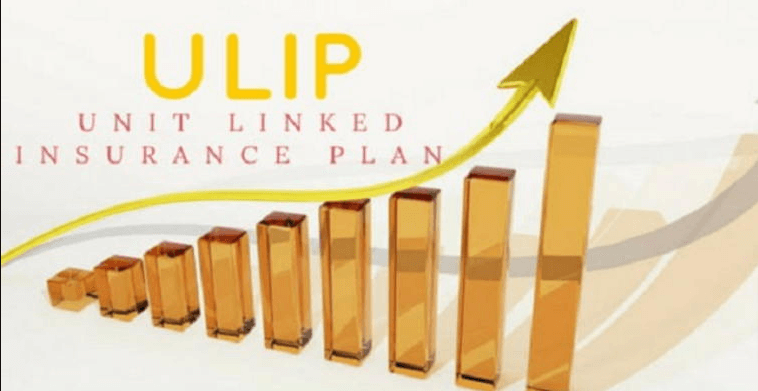Loans are the process of borrowing a set amount of money for a fixed period or term. The interest rate will depend on the amount of money you borrow, the type of loan you take out, and your credit score. This guide is here to help you understand the different types of loans that are available.
Personal Loans
Personal loans are otherwise known as unsecured loans because they do not require the borrower to put up any assets, such as their home or vehicle. Instead of collateral, the loan is secured based on personal details such as your credit report and income. The interest rate of an unsecured loan will differ depending on the amount of money you are borrowing. The average rate of interest on an unsecured loan is in the region of 3% to 30%. You are likely to have to repay your loan within a widow of about seven years. It is common for unsecured loans to have higher interest rates than ‘secured’ loans as they pose more of a risk for the lender.
Secured Loans
A secured loan is an amount of money that you borrow against something that you own. The most common example of a secured loan is a home owner’s loan or a second mortgage. This post about car title loans Tamarac at Fast Money Car Title Loans explains that you can also get secured loans against your vehicle.
Secured loans are usually used to acquire larger amounts of money than is available via an unsecured loan. The interest rates and payback periods of a secured loan will differ depending on the type of loan you take out. For example, if you take out a car title loan, a typical payback period is between 30 to 60 days, with an interest rate between 52% to 300%. Whereas, if you take out a secured loan against your house, you will likely have a repayment period of 25 years and an interest rate of about 4% to 10%.
Payday Loans
Payday loans are a type of short-term loan that need to be paid back within the next 28 days, by your next payday. Instead of charging an interest rate, payday loaners tend to charge a set fee, which is usually about 25% of the amount borrowed. However, if the borrower misses the repayment, the lender will impose interest rates. These interest rates can be very high, on average between 300% and 400%, depending on credit, which can make this type of loan very expensive.
What to Think About When Taking Out a Loan
Before taking out a loan you must be as informed as possible; this will help prevent you from getting into further debt due to unexpectedly high-interest rates. Here are some things to consider before taking out a loan:
Repayments
Are you able to afford the repayments over the entire term of the loan? Can you afford to take out payment protection insurance to protect you in case you are sick or lose your job and cannot make a payment? Make sure that you have a clear repayment plan in place before taking out any loan.
Extra Charges
Be aware that lenders sometimes charge hidden fees such as administration charges and late penalties.
The Term
In general, the rule goes that the longer the term the less you will pay each month. However, remember that the longer the term the higher the amount incurred from interest.
The Total Amount Borrowed
Be as conservative as possible when taking out a loan as the more money you borrow the more interest you will have to pay back.




